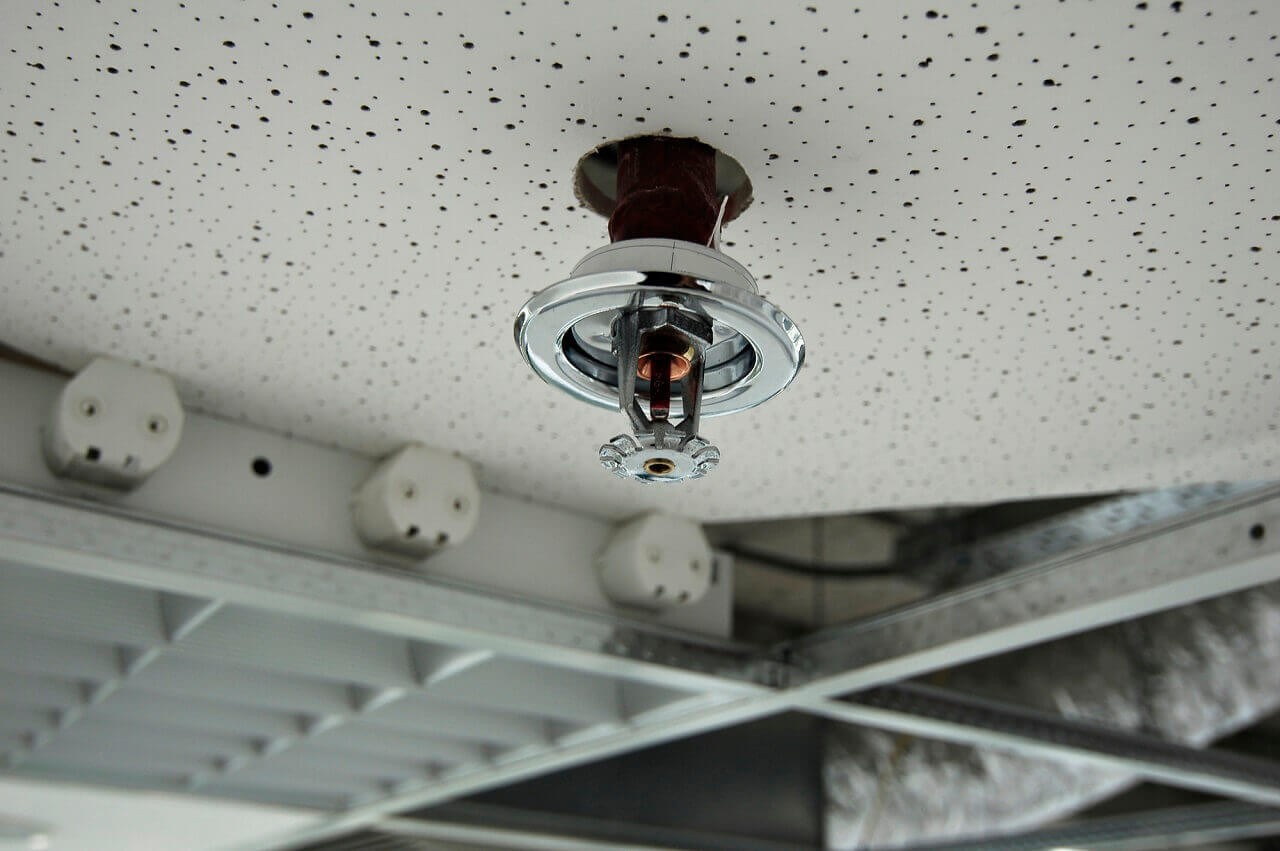A properly working fire sprinkler can prevent a small fire from turning into a raging inferno -- meaning keeping your system clean and properly working could be the difference between substantial collateral damages and more manageable issues.
Sprinkler maintenance ranges from ensuring proper care regarding the unit and sprinkler heads to ensuring the system is appropriately set up. Proper staff (or family) training is essential.
Should a fire occur, damage can be done in seconds. Ensuring the sprinkler system doesn't malfunction or suffer delay stands to make a massive difference in the safety of everyone on the premises. The National Fire Protection Agency (NFPA) holds the baseline for inspections and function parameters. These can be found under NFPA 25.
Many of the tips listed here are for large buildings and mixed commercial use, but there is no reason why you can't apply them to keep your home sprinkler system in safe and working order as well.
Sprinkler Maintenance Tips
It's key to check on various parts of your sprinkler system throughout the year. Below, we'll outline tips to keep the system running correctly, as well as how to ensure everything is clearly communicated with any employees.
Visual Cues -- visual communication can go a long way. Place signs near sprinkler equipment. These signs should remind employees to leave valves "open." They can also list the issues that can occur if they close a valve. However, sometimes, a sign with a picture goes a lot further than a long, wordy sign.
Lock Control Valves -- Locking sprinkler control valves open ensures they will always be ready to combat a fire. Reminding employees not to shut something off unless they are authorized will help, but there are devices that prevent anyone from switching things around. Using electric lockout devices is the most effective way to keep the valves from being closed or tampered with.
Know About NFPA Code 25 -- Though it might seem useless to an employee, training them on the basics of sprinkler systems and system safety can go a long way. The NFPA created this baseline to stop failures from occurring with routine check-ups.
Useful Everyday Tips
- Replace sprinklers frequently that have boxes stored close to them. Crowding can mess with the unit's heat detection sensors, especially if the boxes touch them. If possible, relocate the boxes to a shorter stack.
- After any paintwork, ensure all painter's tape is removed from sprinkler heads.
- If sprinklers are in an area typically exposed to high heat -- like a bakery -- replace them frequently and have the system tested at least once a year or consider replacing them with high-heat heads.
Weekly/Monthly/Yearly Tips
- Replace gauges and inspect pipes every five years
- Change out sprinkler heads every twenty years for "fast response" and fifty years for others
- Inspect control valves, alarm switches, and backflow preventers every year
- General system checks should occur once a year
Get Started Today
Whether you own a store, a home, or a multi-family residence like a condo complex, keeping the sprinkler system safe could be the difference between life and death as well as costly repairs.
Keep these tips handy, and your system will be good to go. Should your sprinklers ever go off, inspections should occur after the damage is tended to. This ensures they are in proper working order should you need them again. Sprinkler systems have been used for over a hundred years for a reason -- they work. Nothing can entirely eliminate the chance of a fire, but a properly maintained sprinkler system can keep everyone a lot safer.

